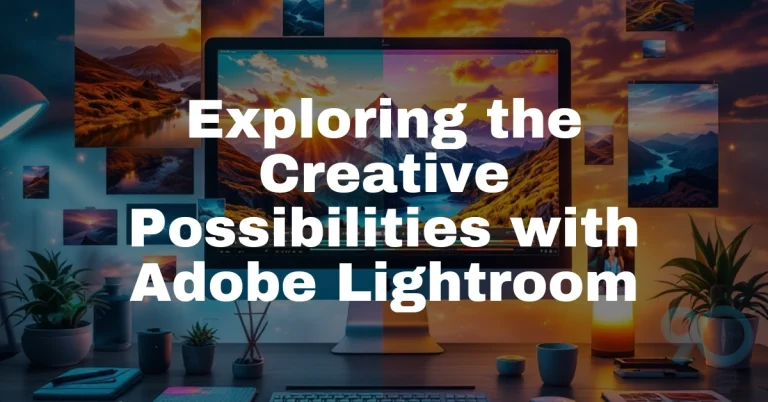Motion graphics have revolutionized digital storytelling by combining animation, sound, and design to create visually compelling stories.

These tools, from marketing campaigns to educational videos, make ideas memorable and engaging.
Key Points
- Motion graphics simplify complex ideas and bring stories to life.
- Businesses, educators, and creatives use motion graphics to connect with audiences.
- Advancements in technology have made motion graphics more accessible.
- They are widely used in marketing, education, entertainment, and social media.
- Motion graphics will continue to dominate digital communication.
The Rise of Motion Graphics in Storytelling
Motion graphics have become a game-changer for storytelling. Unlike static visuals, they use animation and sound to convey messages effectively.
This method grabs attention, simplifies content, and leaves a lasting impression.
Benefits of Motion Graphics:
- Dynamic Visual Appeal: Animation enhances visual engagement, making content stand out.
- Improved Comprehension: Animated graphics explain ideas faster than text alone.
- Emotional Resonance: Moving visuals evoke feelings, enhancing the viewer’s connection to the story.
For example, a company explaining sustainability efforts might use motion graphics to illustrate their impact with vibrant animations, charts, and sound effects.
Real-World Applications of Motion Graphics
Motion graphics are used across industries to transform how messages are shared. Let’s explore some key areas:
1. Marketing and Advertising
Motion graphics captivate audiences in seconds, making them ideal for social media ads, YouTube videos, and product showcases. Unlike traditional slideshows, an animated explainer video can effectively outline a product’s features.
2. Education and Training
Teachers and trainers use motion graphics to simplify challenging topics. For example, biology lessons explaining DNA structures become more engaging when animated.
3. Entertainment
From movie trailers to music videos, motion graphics add excitement. They enrich the viewing experience by enhancing titles, logos, and scene transitions.
4. Social Media
Social platforms thrive on short, engaging content. Motion graphics deliver quick and visually appealing posts that drive clicks, likes, and shares.
Technology’s Role in Shaping Motion Graphics
Modern tools have made motion graphics accessible to both professionals and hobbyists.
Programs like Adobe After Effects, Canva, and Blender allow creators to design polished animations.
Key Trends in Motion Graphics:
- 3D Animation: Adds depth and realism.
- Augmented Reality (AR): Merges animated graphics with the real world for interactive experiences.
- Virtual Reality (VR): Delivers fully immersive animated environments.
AI is also revolutionizing animation, offering automated design features and improving workflow efficiency.
Why Motion Graphics Are the Future of Digital Storytelling
Motion graphics stand out in today’s fast-paced digital world.
They capture attention quickly, communicate ideas effectively, and appeal to emotions.
With the rise of immersive technologies like AR and VR, motion graphics will continue evolving, shaping the future of communication.
Engaging Visuals, Stronger Stories
Motion graphics have transformed storytelling by making ideas more accessible and engaging.
From explaining complex concepts to driving brand messages, they are an indispensable tool in digital communication.
Their role will only grow as technology advances, shaping how stories are told worldwide.



